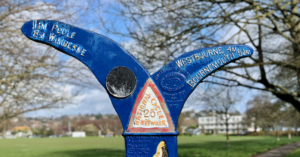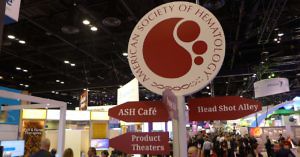It is becoming increasing obvious in these challenging times as the pandemic spreads globally that no corner of the earth (except perhaps the Antartica) is being left untouched. As lockdowns begin or continue depending the phase the spread is at, this also has numerous implications for clinical trials, both academic and company funded studies alike.

Which direction should we be considering for early anti-cancer therapeutics?
One of the broader effects of the coronavirus pandemic likely means we won’t see much new data on many of the clinical trials after the currently scheduled presentations for AACR, ASCO, ESMO and ASH for a while yet, perhaps well in to 2021, which in turn is a strong reminder if we want to see how much progress is being made then we need to look at what data is available now.
I can well imagine many folks are already completely Zoomed or WebExed out from constant online meetings dealing with the implications of the pandemic on research and clinical development, as well as what happens to new and existing trials, so the idea of listening to two days of a virtual meeting on top is probably a bit daunting for the time-challenged observers amongst you.
AACR’s virtual meeting is a wonderful opportunity for smart folks to take some careful snapshots of where we are now, and how some of the early pipeline agents are shaping up.
The good news is we while your online internal meetings continue apace, we will be posting many reviews, summaries, discussion and analysis of the data here on BSB, hopefully sparing many of the additional stress in busy times. We plan to make the process of analysis and commentary relatively easy so you can follow along with us.
For reference, you can access all of our ongoing AACR20 conference coverage here. Future posts will also be added to this magazine page as they are posted.
In our fourth AACR Preview series, we take a keen look at some additional early products in development of interest, as we continue our updates on the never ending oncology R&D journey.
We highlight 10 emerging agents in early stage development to watch out for…some are new and others we previously reviewed preclinically and have moved along in their R&D journey into the clinic, with good and bad results to think about.
To learn more from our oncology analysis and get a heads up on insights and commentary emerging from the first annual AACR virtual meeting subscribers can log-in or you can click to gain access to BSB Premium Content.
This content is restricted to subscribers


 Yes, it’s time for another Bushidō –
Yes, it’s time for another Bushidō –